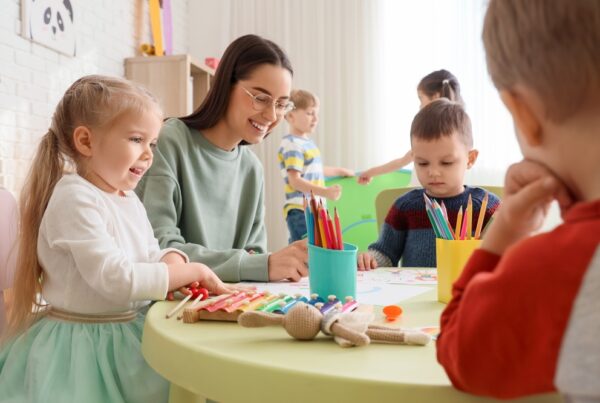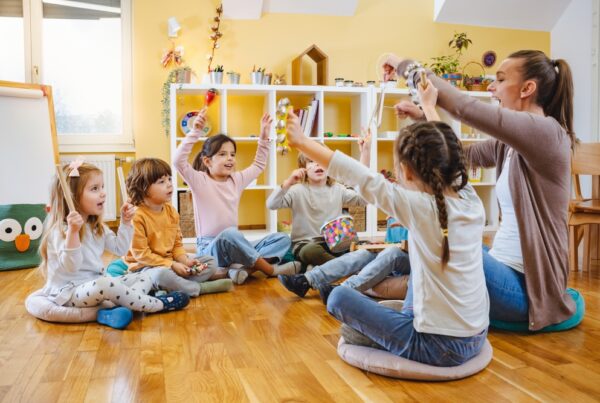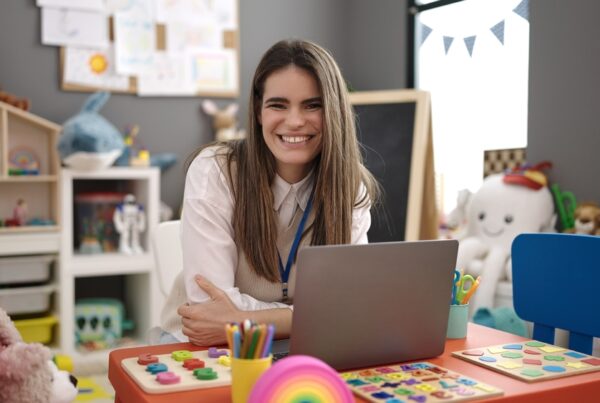Australia is a water loving country, we love our water sports, beaches, and pools and while being around water is an integral part of growing up, drowning remains a leading cause of death and injury in young children.
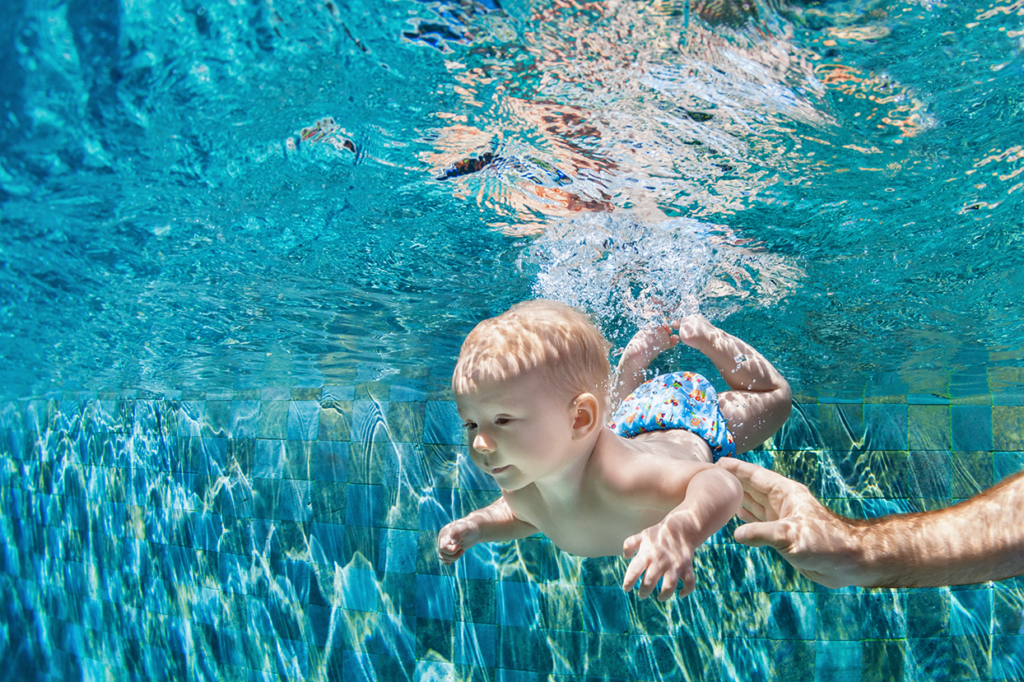
Children under five are most at risk of drowning, with an average of 23 deaths and 183 hospitalisations annually across Australia.
Between 1st July 2021 and 30th June 2022 there were 17 drowning deaths among children aged 0-4 years; a 29 per cent decrease on last year and a 23 per cent decrease on the 10-year average – an improvement after a rising tragically during covid lockdowns, but there were also 15 drowning deaths in children aged 5-14 years, a 7 per cent increase on last year and a 36 per cent increase on the 10-year average – perhaps a reflection of children missing out on swimming lessons.
As the number one cause of death for children under five, drownings can happen quickly. Water safety is paramount when children are in and around water. Because babies are top heavy and fall over easily, if a baby tips over – even in shallow water – they can’t always lift themselves out and can quickly drown. Children have been known to drown in water features, fish ponds, even pet water bowls and nappy buckets.
These tragic incidents are most preventable through water safety and swimming education.
Swim Australia’s SwimSafer message recommends four layers of protection for children around water, to ensure children’s safety – if one layer fails, then there should be another that could well save their life.
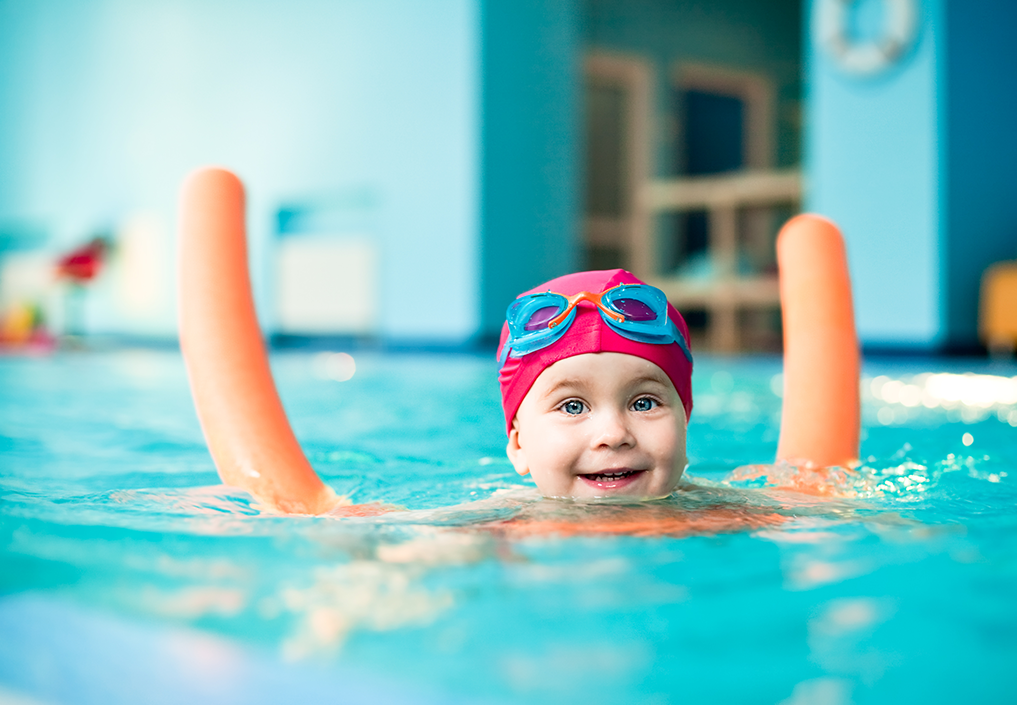
1. Be Aware
Adult supervision is the number one water safety tool and constant supervision is paramount. As the Royal Life Saving Society Australia reported: “lack of direct adult supervision is the main factor in 70 per cent of toddler drowning deaths”.
For adequate supervision, Swim Australia recommends:
- Maintaining constant visual contact with the child.
- Being within an arm’s reach of a non-swimmer and any child under 5.
- Being ready to respond quickly.
- Not being distracted by anything such as a doorbell or a phone.
- Always knowing who is supervising when one or more adults are present – and that adult is always vigilant until another adult takes over the water-watcher role.
2022 saw a concerning rise in children presenting to Sydney hospitals following a drowning incident. This prompted a renewed warning from experts at the Sydney Children’s Hospitals Network.
Dr SV Soundappan, a trauma surgeon at the Children’s Hospital at Westmead warns: “Most times we think, ‘this won’t happen to me’. We cannot afford to have that attitude – drownings can happen to anyone. Particularly at the young age group of zero to five, all you need is momentary loss of supervision.”
Even in near-drowning incidents there are health-consequences, Dr Soundappan explains.
“We obviously know, if you’re there under water for three minutes or longer, you’re likely to have significant neurological damage. But even a short period can affect the learning abilities of a child.”
2. Be Secure
Relying solely on supervision for water safety is not 100 per cent fail-safe. Therefore, water hazards also need to be removed when possible, or barriers put in place to reduce a child’s chance of getting to the water when an adult is not there to supervise. Paddling pools should be emptied when not in use; pool fences must meet government standards.
Children have been known to move items to climb over fences – such as containers and chairs – so all outdoor furniture should be secured or be too heavy to move. And if you move into a new property, you should receive a Certificate of Compliance, but also check the fence is compliant yourself.

3. Be Confident
Swimming is fun, it provides great family entertainment, but above all it is an essential skill for all children to learn, and swimming lessons are the best place to gain these skills. Research shows 55 per cent of Australian children are not currently in lessons, with a major reason being affordability, but lessons don’t just teach swimming; children also learn essential water safety skills such as knowing not to go near the pool unless supervised by adult and always swimming between the flags at the beach.
For children under five, water safety skills include:
- Water familiarisation, where young children become comfortable in the water.
- Gaining confidence – which leads into safe entry and exit from water, floating, turning.
- Developing strokes – so a child can cover bigger distances in the water.
As a child becomes stronger and more confident, swimming lessons will begin to expose them to more challenging situations and teach them what to do in an emergency. These include things such as jumping in without goggles, swimming with clothes on, and being exposed to colder, more turbulent water – all things that simulate emergency situations.
As we head into autumn, many families choose to pause swimming lessons for the colder months. But it is recommended that children continue swimming lessons throughout the year, so the vital skills they have learnt so far aren’t forgotten.
4. Be Prepared
With any water incident, every second counts. If a child is missing, check the pool or any other water hazards first. Last year 26 per cent of fatal drownings were in a pond, river or creek, compared with 22 per cent at a beach and 15 per cent in the ocean or harbour.
Consider having a phone near the pool for emergencies. And if you haven’t already, consider taking a Cardio Pulmonary Resuscitation (CPR) course so you are prepared for any emergency.
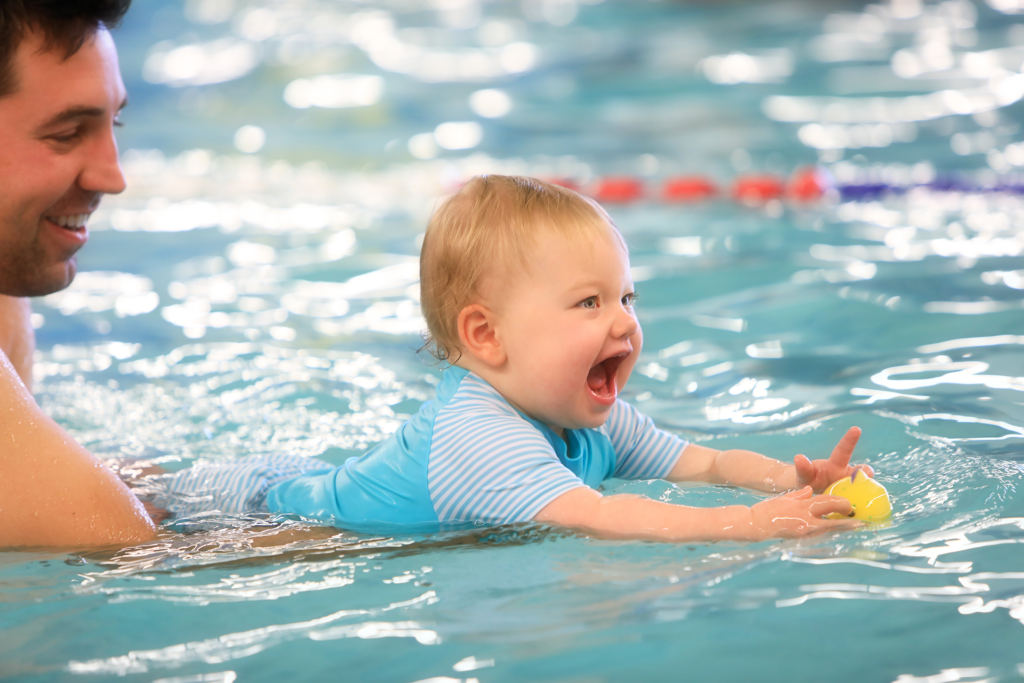
Find a swimming class
The best place to learn to swim is in the swimming pool. The AUSTSWIM website provides an AUSTSWIM-recognised swim centre locator. Most offer lessons aged from six months, so babies all the way through to adults.
Dr Soundappan estimates that roughly one in five children involved in a drowning incident are from a culturally diverse background. As someone who took swimming lessons in Australia as an adult, he encourages both parents and children get involved in the learning experience as early as possible. Some centres also offer special CALD lessons so they might be one-on-one, or with a group.
For older children, most are offered the opportunity to go through a swimming and water safety program at some point in their primary school education. Each state has slightly different eligibility criteria, with some states having specific vouchers for swimming and water safety programs, but parents are urged to help their children become safe swimmers by ensuring they can swim and establishing rules and risk awareness from a young age.





